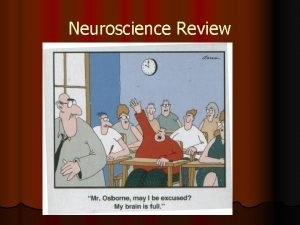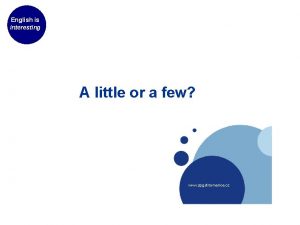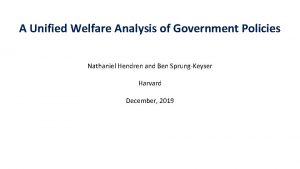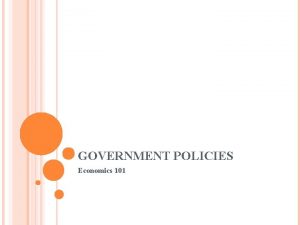Jim conclusions Few policies address AFMs Few government


- Slides: 2

Jim: conclusions: Few policies address AFMs; Few government statements are family-positive Questions: having done this initial research. , what do you think are the reasons why so few policies address AFMs, and so few government statements are family-positive? • More importantly, what do you think we can do, to make policies more AFM focused? • • • Jan: Conclusions • It is possible that brief educational events can initially influence providers’ views of well-established, but ineffective labels and terms. • The challenge is to shift staff and programs towards the utilization of models and approaches that are evidence-based. • When families need services, it is essential to provide those that help - not harm. • Questions: • Jan, these conclusions are great, but how do we make this happen? How do we change these models into evidence-based ones?

• Bryony: Conclusions • There is no readily accepted portmanteau name for the harms drinkers cause. • Government emphasis on health harms to the drinker effectively diverts attention away from the wider responsibilities of drinkers to the people around them and to wider society. • The ARC harm experiences of students in the study are concealed, tolerated, accommodated, embedded in the student environment and automatically excused. • Questions: • Your question is good: “How can ARC harm achieve the level of Public and Government recognition and the policy development and interventions that "passive smoking" now enjoys? ”, but how DO we do this? • Tuuli: Conclusions • The role of financial issues for the availability of services. • Common instruments that are used around the world can help to point out the common universal problem. • Questions: • How do we improve the amount of funding available for AFM services? • How do we develop common instruments (such as the SQFM-AA) so they are used similarly to the AUDY for assessing drinkers



